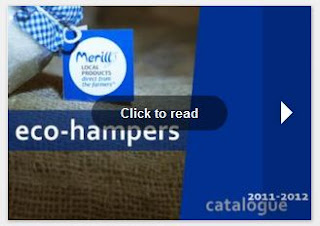Merill Eco Tours will soon be a year old and we're so proud of the way it's been growing so far.
It's nice to look back at what we have been up to this year. We started off the venture and the year with the Press Launch which took place on the 12th of January. It was raining cats and dogs before and during the presentation, but still a nice crowd of around 50 attended the launch. Hon. Dr Mario De Marco officially inaugurated Merill Eco Tours as the first licensed ecotourism venture operating in the Maltese Islands.
(Click here to view the clips of the TV coverage; TVM and NET TV.)
Following the launch we immediately started cooperating with various tour operators and local DMCs to fine-tune our eco and agri tours, which are offered both for tourists and locals. The exclusive locations, together with the delicious products enjoyed during the tours, have been an asset to put forward a positive and attractive image of Malta as a rural tourism destination.
Our farmers have been kept very busy producing local products and other delicacies for our guests. Along the year we also branded a range of traditional processed products which were brought direct from the farmers and promoted at a number of different occasions and venues. In September we were also pleased to discover that our honey was featured in an official EU publication, amongst many other food products from all around Europe.
 |
| Traditional food products from all EU Countries |
 |
| Sea Salt mini jars as souvenirs |
To raise awareness about the richness of the Maltese rural areas, we are now producing short video clips, which we named '90 eco seconds', capturing the very best scenes and activities in local villages. Our first clip features Mgarr, which is truly an agricultural hub of the Maltese Islands.
We sincerely wish a prosperous new year to all our fans all around the world, especially to our dear Maltese expats who follow us regularly. Our special thanks go to our families and friends as well as all our business partners who have been part of this amazing journey.
Lots of eco wishes from Jeanette and Christian!
 RSS Feed
RSS Feed

































